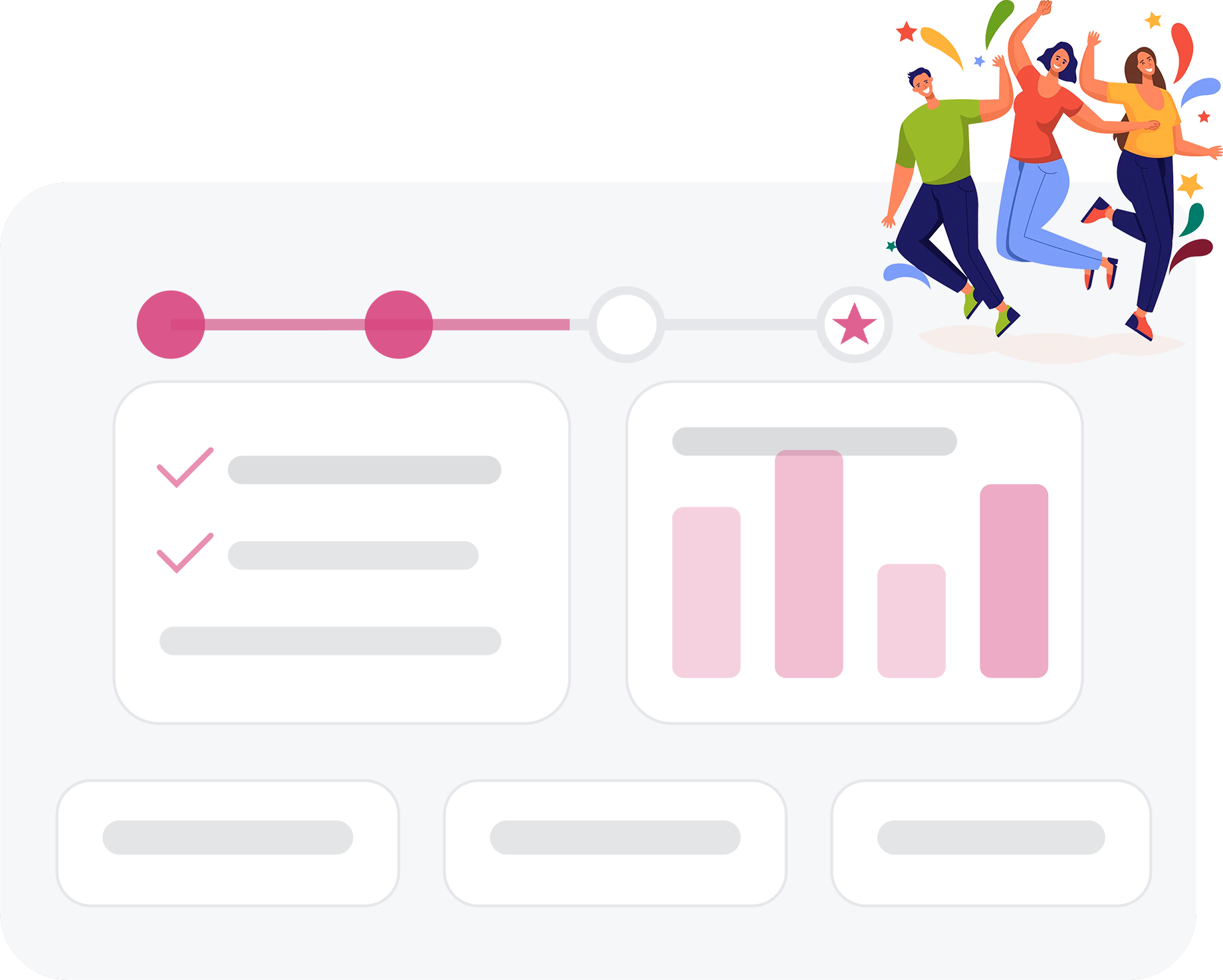 What is Remote Talent Management?
What is Remote Talent Management?
Remote talent management is the process of managing employees who work remotely. This can be done through a variety of methods, including:
- Communication
- Goal setting
- Feedback
- Training
- Support
Remote Work Challenges in People Management
In a context where the SARS-COV-2 pandemic is more stabilized worldwide, organizations (and their people) are facing a new challenge in their daily routines. The pandemic, itself, brought some important changes in the management of human resources, such as the implementation of remote working (whenever the function allows it), the remote management of people (and their motivation), the (greater) concern with the health of employees, among others.
However, and being at a stage where uncertainty about the future is no longer a constant, companies have a challenge at hand: to decide what the future panorama will be, and how to put it into practice and manage it.
The truth is that the pandemic has accelerated a trend that is several years of history – the digitalisation of processes, the flexibilisation of working hours, and even of the places where people work. Therefore, the moment has arrived in which organisations will have to define what will be the new “normal” panorama in the near future:
- Will it be completely face-to-face, as it was in the pre-pandemic period?
- Will it be a completely remote model, in which any employee may work from the place they prefer?
- Or will the decision be oriented so that there is a balance between both?
Either decision will bring challenges. If on the one hand, returning to a fully face-to-face context may create some discomfort for employees who are already used to having some flexibility regarding their workplace, on the other hand it is a challenge for managers to manage their teams remotely.
Whatever the choice of the organisations regarding their new ways of working, some effort will be needed regarding the organisational culture (and its management).
Not only will it be necessary to align (or, in this case, re-align) people with the strategic objectives and the vision of the company, but it will also be necessary to clarify the choices made with regard to their day-to-day lives, since it will have impacts on their relationship with the organisation. Moreover, an equally considerable effort will be required to prepare leaders with regard to new ways of working and leadership.
It is crucial to guarantee that all leaders in the organisation are prepared to continue assuming their functions, and that they can manage their teams in a way adapted to the new reality.
Finally, it will also be necessary to consider how other processes linked to talent management will run, such as recruitment or even onboarding. What will the new recruitment model be? And what will the new onboarding model be like? And what impact might this decision have on the candidates’ connection with the company?
5 solutions to help you meet the new challenges of remote work:
GFoundry is a leading digital solution for improving the performance and connection of employees with your organization. Through an integrated solution and a holistic view on the management of the Talent Cycle, we impact the engagement of employees, having available several gamification tools that make the user experience more interactive and dynamic. With a multi-platform solution, you can address a number of challenges that the pandemic may have brought to your business.
Challenge 1: How to recruit from a distance?
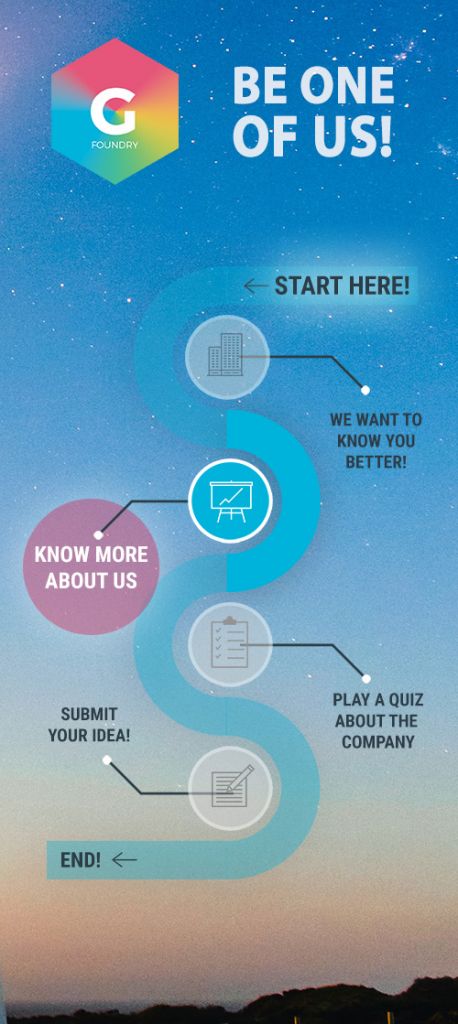 During the most critical period of the pandemic, many companies moved their recruitment processes to a remote format, or at least the first phases of the processes.
During the most critical period of the pandemic, many companies moved their recruitment processes to a remote format, or at least the first phases of the processes.
Many were the recognised advantages of moving some phases to a remote model – more agility, less logistical effort, greater cost savings, as well as giving candidates the opportunity to go through the first phases of the process remotely, where the uncertainty is greater.
However, it is challenging to engage candidates for the position within the organisation when the process starts (or concludes) in a remote format. With GFoundry, you can have all your candidates registered on the platform, where they can go through a Recruitment Journey.
This Journey could include filling in forms (with CV or Video Presentation submission), reading or viewing company content, or even taking quizzes on the role you are applying for. You can read more about the impact of the EVP in Talent Attraction here.
The advantage of having all the candidates on a platform like GFoundry allows them, right from recruitment, to have access to the organisation’s working environment, and a bridge to the company.
Not only can they have access to real-time information about the phase of the process they are in, but they can also access information provided, such as generic training content or articles and news.
Challenge 2: How to ensure a successful Onboarding?
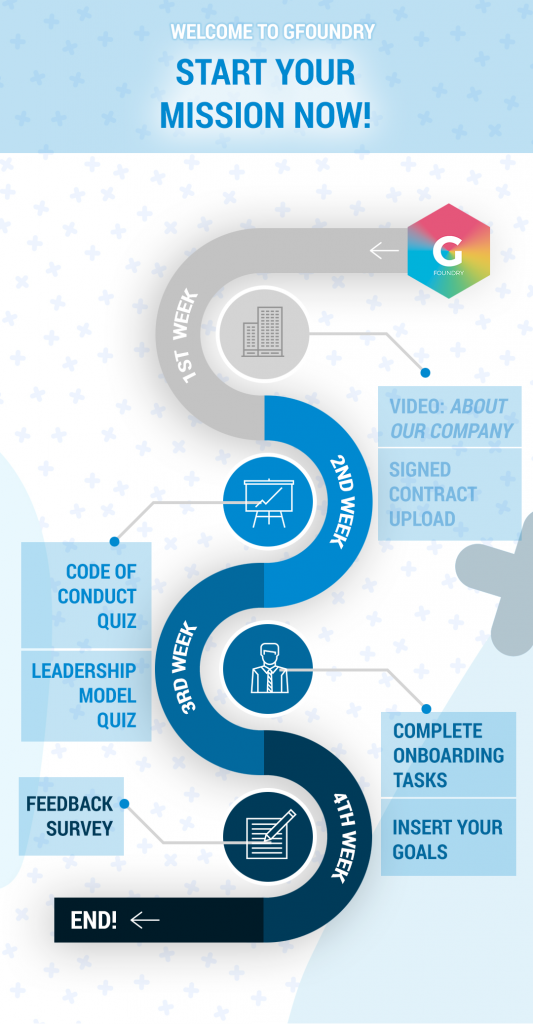 If a company has implemented a remote (or hybrid) working policy, it is natural that the onboarding process itself is also hybrid. The onboarding process may contain several types of activities.
If a company has implemented a remote (or hybrid) working policy, it is natural that the onboarding process itself is also hybrid. The onboarding process may contain several types of activities.
Not only training moments, but also interaction with other colleagues, interaction with the company’s physical environment, and also the connection to platforms used by the company. With GFoundry, you can create a top layer that encompasses all these activities, and adds dynamism to this experience for employees.
Through the Missions, you can create Onboarding Journeys, where employees can go through activities as they earn points and virtual currencies.
These rewards are part of the gamification engine developed by GFoundry with the objective of making these Journeys more interactive for users.
In this way, any employee who joins the organisation will know exactly what they have to do to have an effective onboarding process that prepares them for the challenges of their new role. You can read more about how to build Onboarding missions with GFoundry here.
Challenge 3: How to disseminate relevant content?
As well as it is important to get messages across to people, it is also important to make sure we disseminate relevant content correctly.
Unlike shorter messages (mentioned above), sometimes it is necessary to share more dense content, either for the whole organisation or just for a certain group of people. 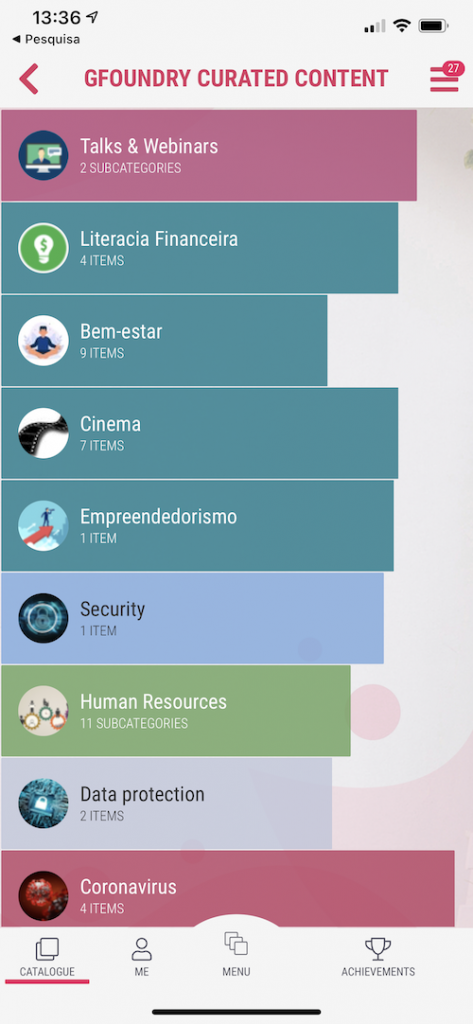
Through the Learn Module, you can share video, PDF or quiz content with your entire community, or part of it. This content does not necessarily have to be training content, but could be more generalised content like guidelines for employee roles, internal newsletters, or even benefits manuals.
You can use this module in any way you like. By dividing the content into categories, it is simple and intuitive for anyone to find the information they are looking for – whether it is skills information, benefits information, or just the weekly newsletter.
Finally, you can also, if it is part of the organisation’s strategy, integrate external content from other platforms that the company already has into GFoundry.
Some examples are content from Cornerstone, SharePoint, Vimeo, Coursera, or even Youtube. You can read more about how to create an impactful Learning Journey for your employees here.
Challenge 4: How to get messages to people in a simple way?
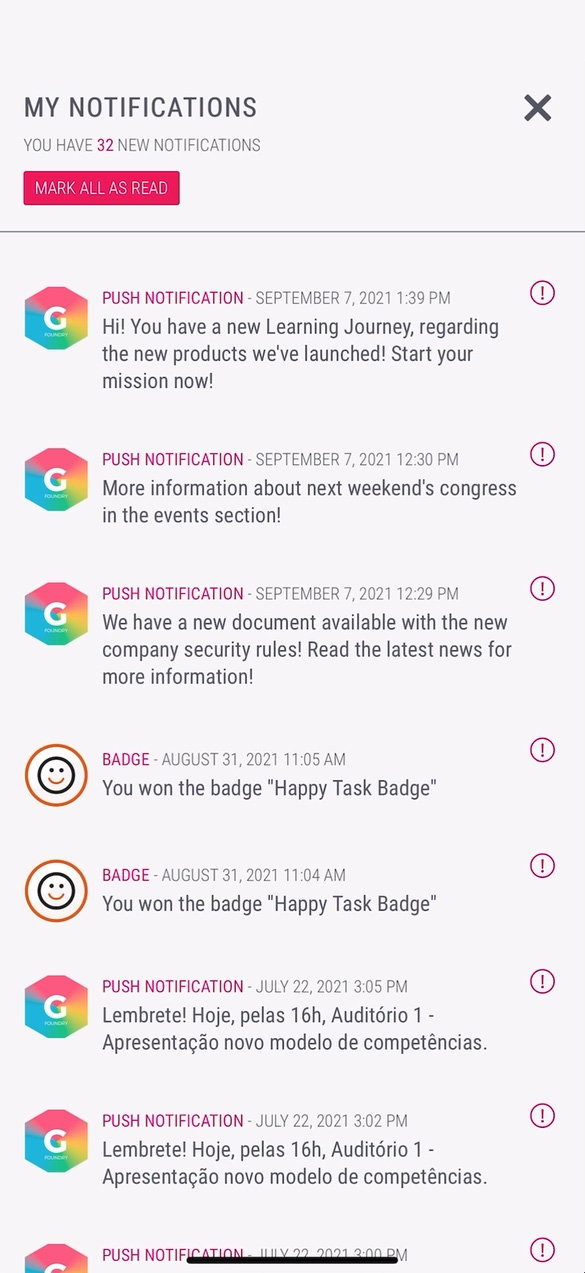 Given that people are no longer together in the same physical space, working at the same times, it is challenging for leaders to get messages across to their people.
Given that people are no longer together in the same physical space, working at the same times, it is challenging for leaders to get messages across to their people.
There are various types of messages, just as there are various communication channels within an organisation. However, it is important to understand that each communication channel should be used for certain messages, and not for everything – a basic principle in Corporate Communication.
With GFoundry, having employees access to an application on their mobile phones, they can receive messages from your company in a simple and fast way.
Whether through push notifications, or through the news available on the homepage, a direct contact bridge can be established between the organization and its people.
This way, you will be able to send the desired messages – can be informative messages, alerts, or even good morning messages and positive reinforcement for the organisational culture. All in a simple and fast way!
Challenge 5: How to manage and develop my teams?
In any organisation, managing people is one of the most complex challenges we can face. Not only because each person is unique, with their own interests, goals and motivations, in addition to the various stakeholders that may impact their performance, such as their colleagues, leaders and/or subordinates.
Allied to all the already existing variables, the flexibilisation of work has added greater complexity to these processes. If, by themselves, people management and development processes are already complex processes, the fact that these processes happen at a distance increases their challenge. GFoundry can meet these new challenges, being the key platform for reaching people in a simple way, and managing these processes in an agile way – even at a distance.
With the Feedback Module, you can manage internal feedback processes, which may be related to Project Feedback, Situational Feedback or with other predefined scopes. Any user can ask for or assign feedback in a simple way, based on variables related to their role. In the end, a manager/team leader can access the results of their elements’ feedback.
This information is crucial to complement the Performance Evaluation.  With the Evaluation and Careers Module, you can manage the entire Performance Evaluation process of your organisation. Not only is it possible to make the entire assessment related to the employee’s performance, through his skills and objectives, but you can also manage the next steps, such as the Individual Development Plan (IDP) or the management of Potential.
With the Evaluation and Careers Module, you can manage the entire Performance Evaluation process of your organisation. Not only is it possible to make the entire assessment related to the employee’s performance, through his skills and objectives, but you can also manage the next steps, such as the Individual Development Plan (IDP) or the management of Potential.
The IDPs may be defined at the moment of the Performance Evaluation, in which the employee may suggest which skills he intends to acquire, being able to relate them directly to contents available in the Learn Module.
Furthermore, managers may also evaluate the potential of their team members, recognising which employees may be prepared to take on other challenges, according to their individual objectives.
At the end, the HR Manager will have access to crucial information about their organisation:
- Which profiles are performing best?
- Which employees have the highest potential?
- Which people are meeting their objectives?
- Which employees are most likely to leave the company?
Subscribe to GFoundry Newsletter: Weekly Insights on HR’s Most Pressing Topics
Ready to get started?
Take the next step and learn more about how GFoundry can help you.
